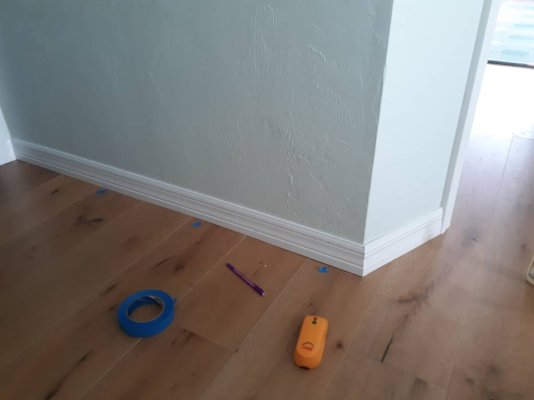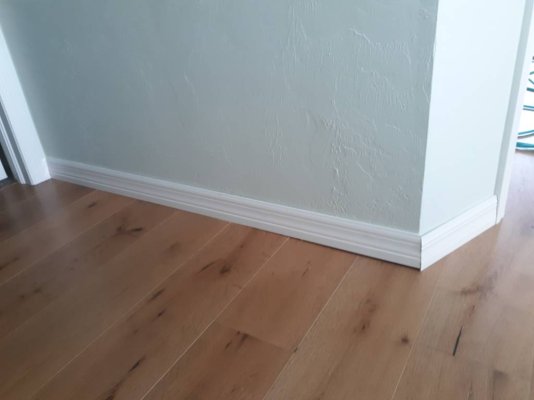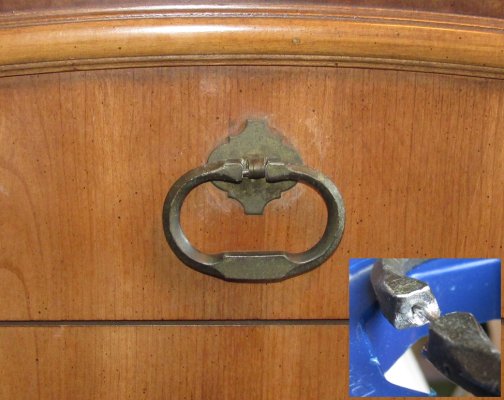NW-Bound
Give me a museum and I'll fill it. (Picasso) Give me a forum ...
- Joined
- Jul 3, 2008
- Messages
- 35,712
Copper line brazing is required only if you are swapping out components of a traditional HVAC.
Mini-split systems universally use compression couplings with soft copper lines. If you order a line set of the right length, you simply bolt everything together.
Usually, the line has extra length, which has to be coiled up somewhere. In order to cut a line to the right installation length, you will need a copper tubing flaring tool.
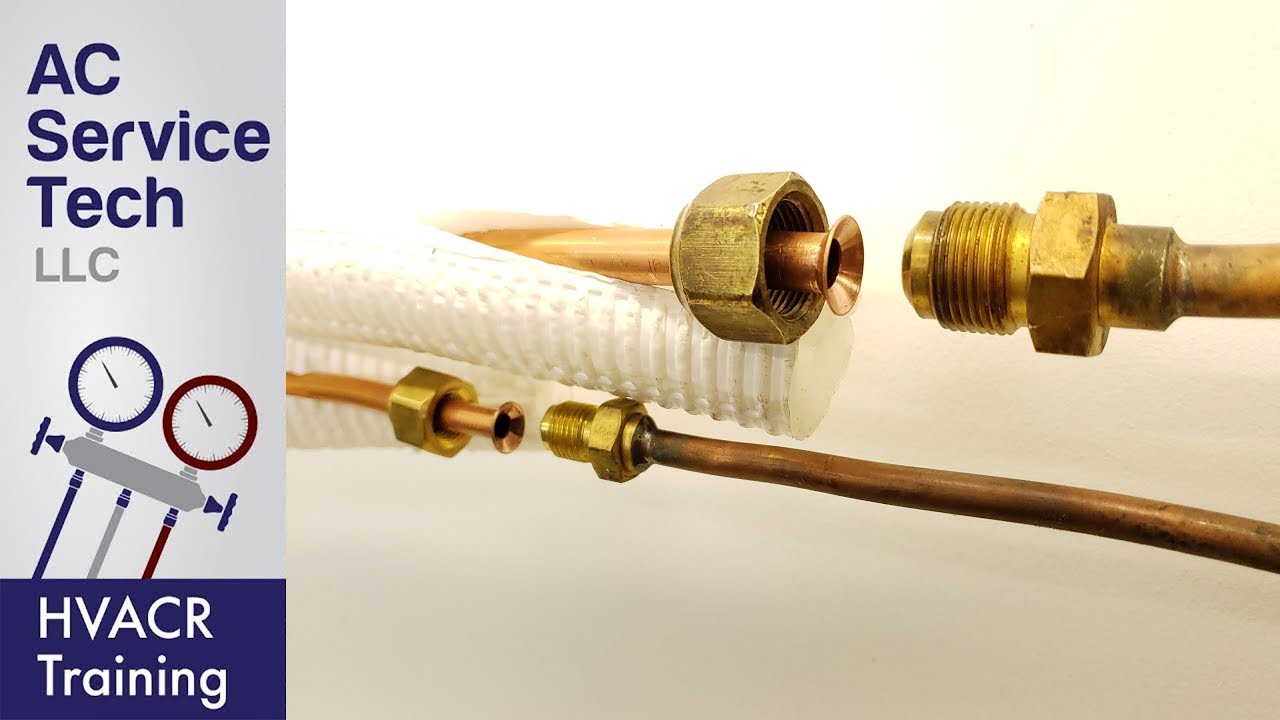
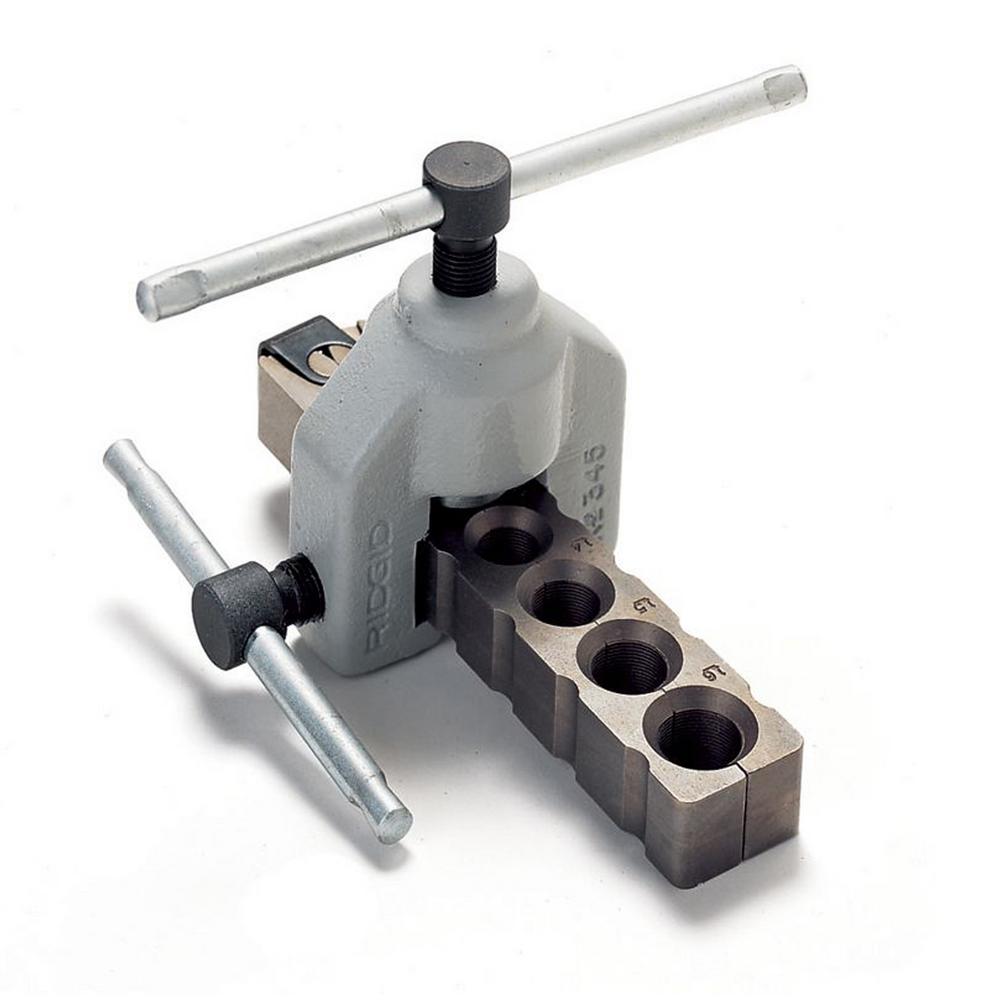
Mini-split systems universally use compression couplings with soft copper lines. If you order a line set of the right length, you simply bolt everything together.
Usually, the line has extra length, which has to be coiled up somewhere. In order to cut a line to the right installation length, you will need a copper tubing flaring tool.



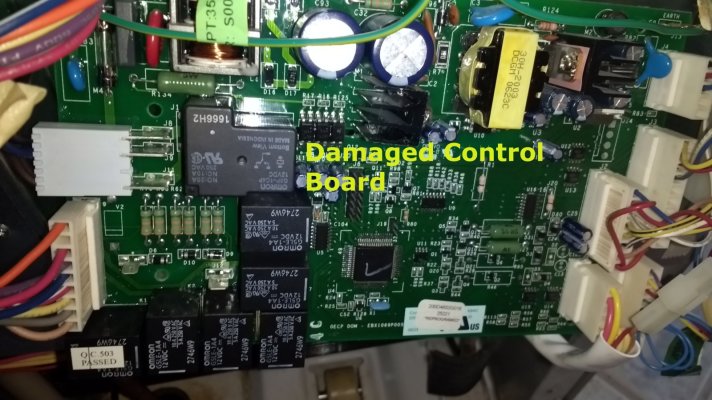
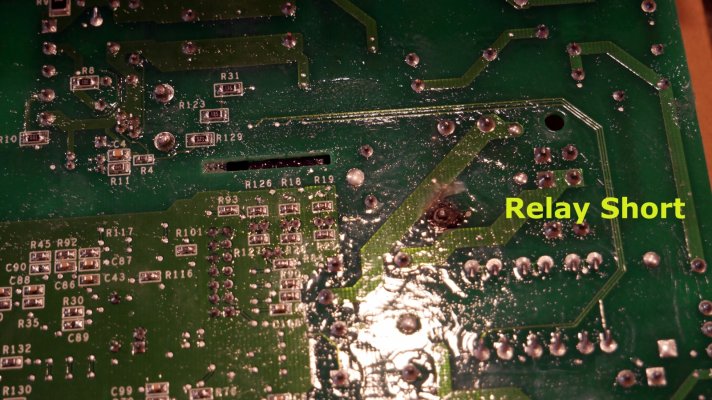
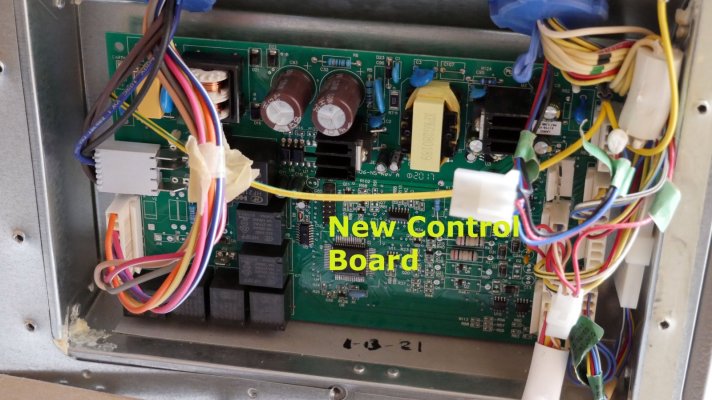


 I installed it today, nevertheless. And, for two of the components of the faucet, those nincompoops had shipped the wrong part.
I installed it today, nevertheless. And, for two of the components of the faucet, those nincompoops had shipped the wrong part. 